| Places in the United Kingdom |
| United Kingdom
Abbey in Bath The Abbey in Bath was designed by Bishop Oliver King in 1499. He rebuilt the church that had been founded in the 8th century. Memorials cover the walls and the Georgian inscriptions. The spacious interior has a large vaulted nave, which was an eddition made by Sir George gilbert Scott in 1874. | |
| United Kingdom
Abbey in Bath The Abbey at Bath is located on York Street and Cheap Street next to the Orange Grove circle. | |
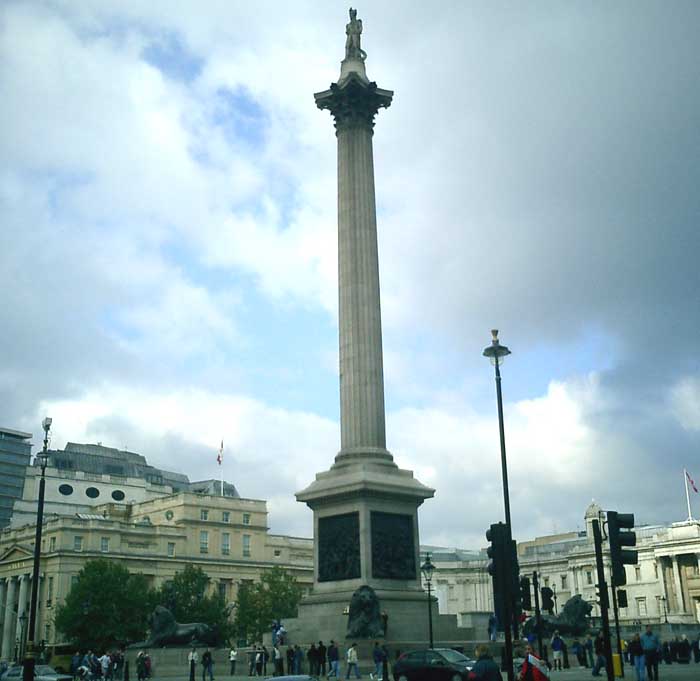 |
United Kingdom
Trafalgar Square This is Nelson's column built in 1843 and the National Gallery in the background. It is located in Trafalgar Square in London. The National Gallery is London's leading art museum, with over 2200 paintings, most on permanent display. In 1824 George IV had the government purchase 38 major paintings, ranging from Giotto in the 13th century to 20th century Picassos. The gallery's particular strengths are in Dutch, Italian Renaissance and 17th century Spanish painting. |
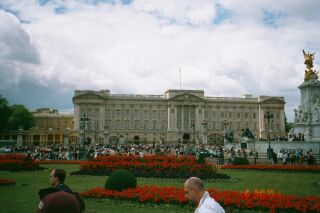 |
United Kingdom
Buckingham Palace Buckingham Palace - This building is the official London residence of The Queen. Buckingham Palace is also the administrative headquarters of the monarchy. It has one of most famous and easily recognisable fa‡ades in the world. |
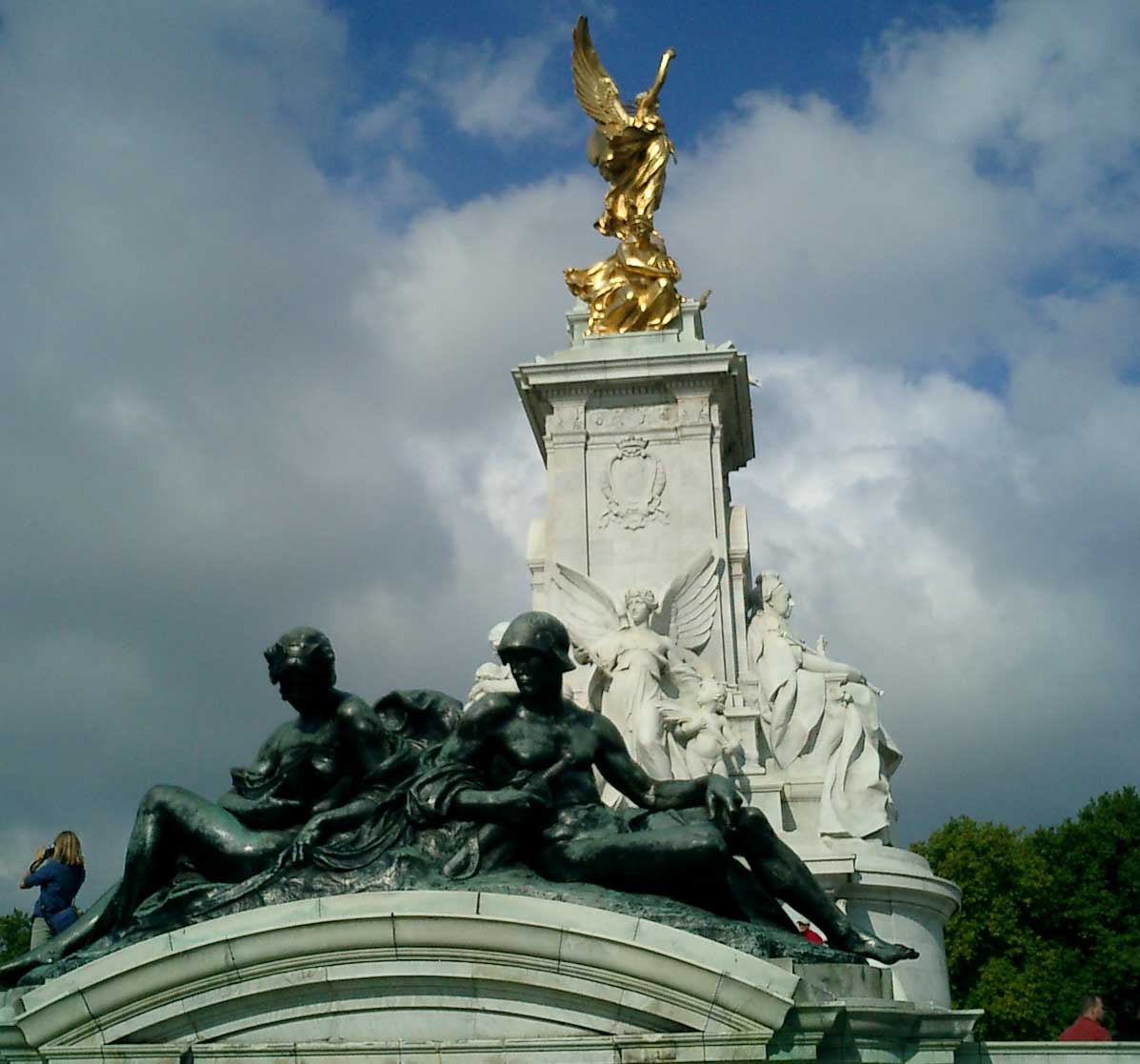 |
United Kingdom
Buckingham Palace Buckingham Palace - The statue in front of the Palace |
 |
United Kingdom
Buckingham Palace Buckingham Palace - This is the front facade of the Palace. During the summer, the Changing of the Guard takes place here at the front of the Palace. It is a popular event for visitors to the capital from April through July and on alternate days at other times. |
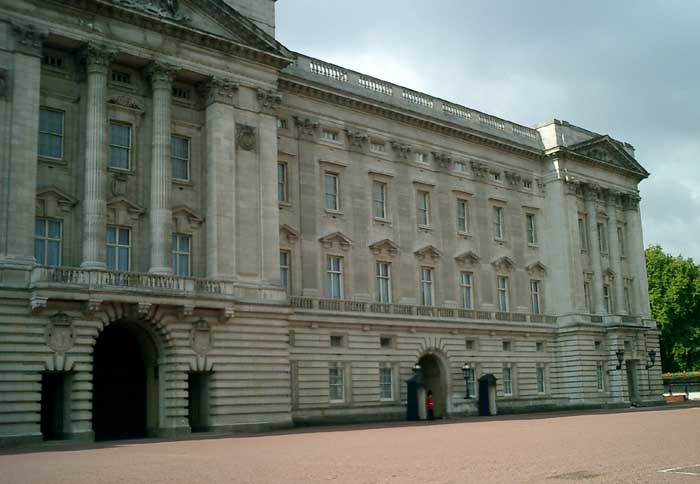 |
United Kingdom
Buckingham Palace Buckingham Palace - Buckingham Palace is furnished and decorated with priceless works of art that form part of the Royal collection. It contains One of the major art collections in the world today, it is not an art gallery, nor is it a museum. Its State Rooms form the nucleus of the working Palace and are used regularly by The Queen and members of the Royal family for official and State entertaining. |
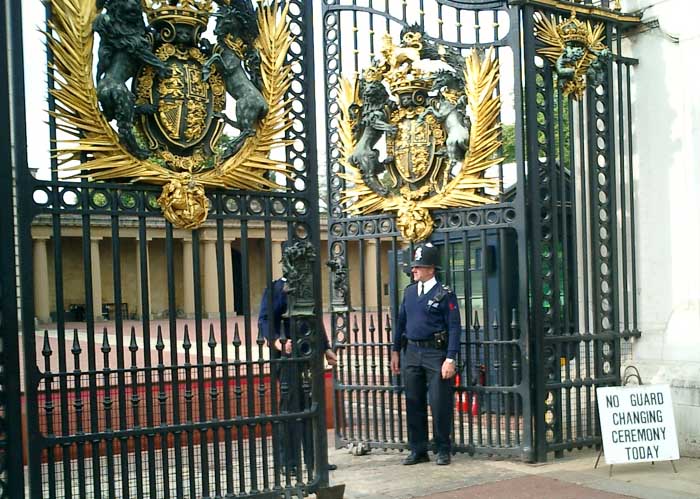 |
United Kingdom
Buckingham Palace Buckingham Palace - Since 1660, Household Troops have guarded the Sovereign and the Royal Palaces. The Queen's Guard usually consists of Foot Guards in full-dress uniform of red tunics and bearskins. There are also (pictured here) regular London police. |
 |
United Kingdom
Buckingham Palace Buckingham Palace - It houses the offices of those who support the day-to-day activities and duties of The Queen and The Duke of Edinburgh and their immediate family. The Palace is also the venue for great Royal ceremonies, State Visits and Investitures, all of which are organised by the Royal Household. |
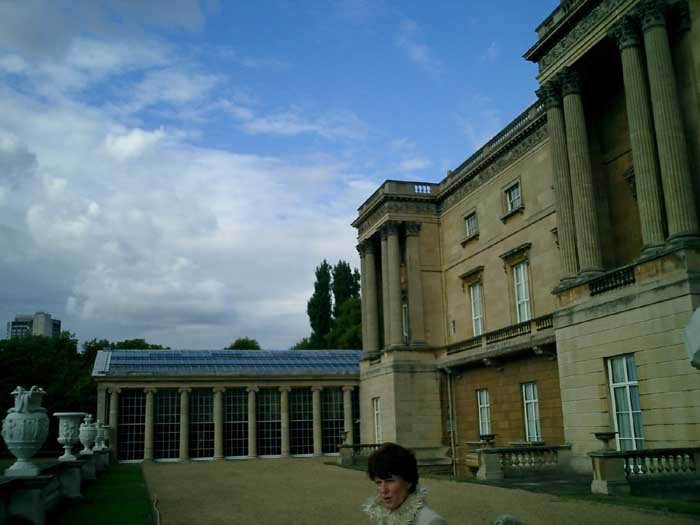 |
United Kingdom
Buckingham Palace Buckingham Palace - The Palace is a functional, working building. It serves as the centrepiece to Britain's constitutional monarchy. |
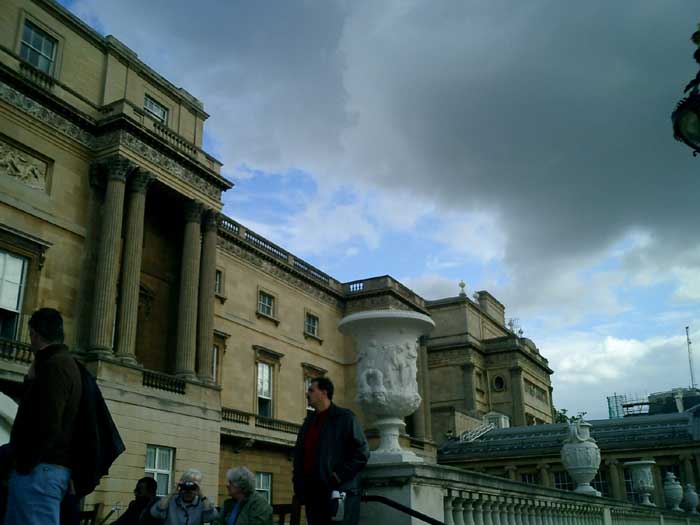 |
United Kingdom
Buckingham Palace Buckingham Palace - |
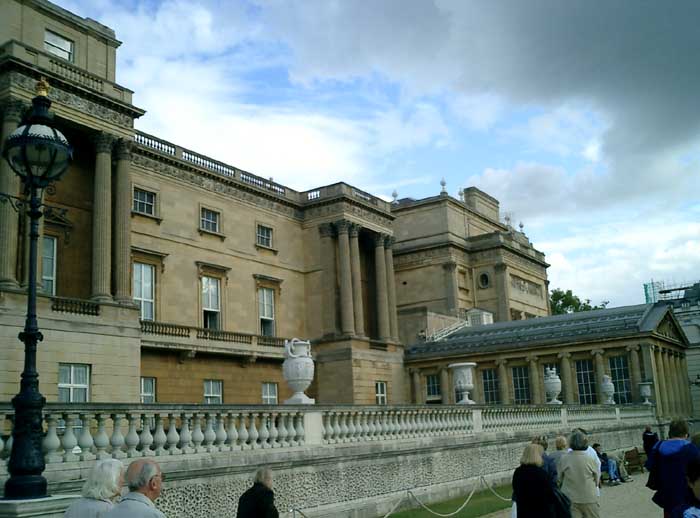 |
United Kingdom
Buckingham Palace Buckingham Palace - Visitors are allowed access by and organised tour to some areas of the Palace. The tour take about two hours. We went through the palace and took in the magnificent art and architecture. They don't allow photographs inside. |
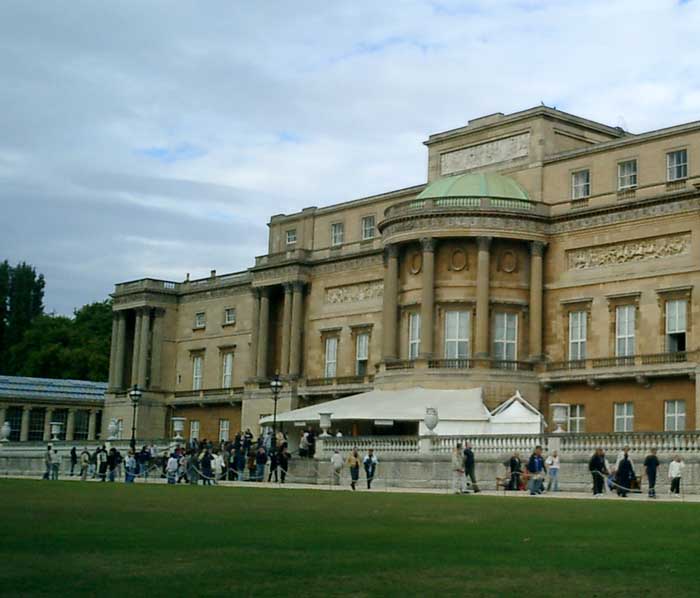 |
United Kingdom
Buckingham Palace Buckingham Palace - Over 50,000 people visit Buckingham Palace each year as guests to banquets, lunches, dinners, receptions and the Royal Garden Parties. |
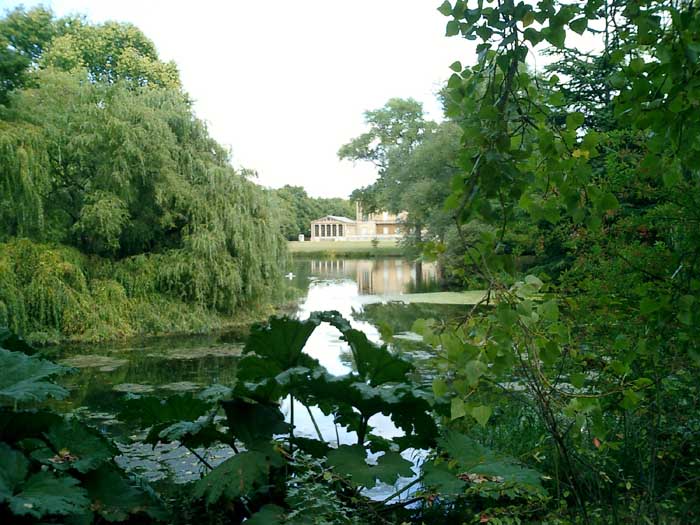 |
United Kingdom
Buckingham Palace Buckingham Palace - The Changing of the Guard takes place in the forecourt of Buckingham Palace at 11.30 every day in summer, every other day in winter, and lasts about 45 minutes. The New Guard marches to the Palace from Wellington Barracks with a Guards band, the Old Guard hands over in a ceremony during which the sentries are changed and then returns to barracks. The New Guard then marches to St James's Palace leaving the detachment at Buckingham Palace. |
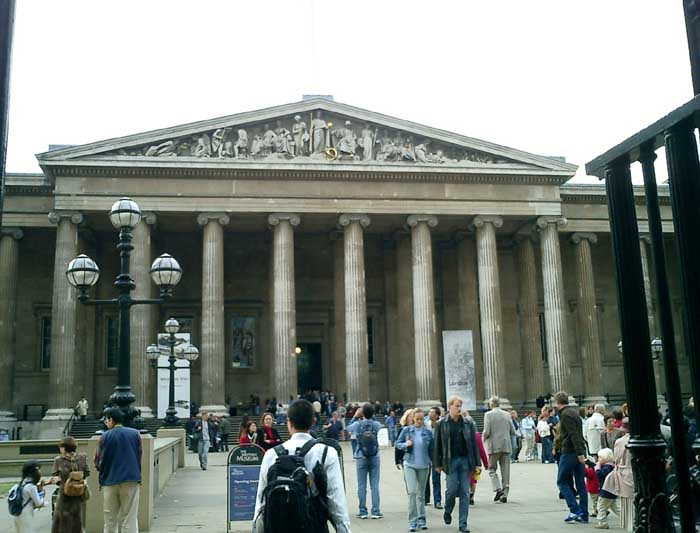 |
United Kingdom
British Museum This is the entrance to the British Museum Comprehensive exhibits exploring the rich past of the British peoples. The Museum celebrated its 250th anniversary in 2003. |
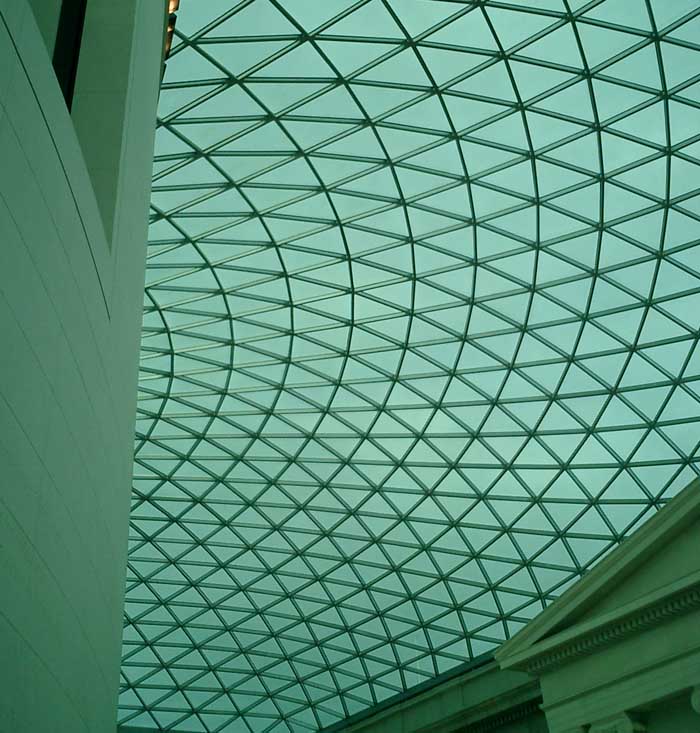 |
United Kingdom
British Museum The British Museum started with physician, naturalist and collector, Sir Hans Sloane (1660-1753). It started with his collection of 71,000 objects, a library and herbarium. Sloane bequeathed it to King George II for the nation in return for the payment of ś20,000 to his heirs. The King had little interest but Parliament, led by Arthur Onslow, accepted the gift. June 7, 1753, an Act of Parliament established the British Museum. A Board of Trustees was established. The original collections consisted of books, manuscripts and natural history, ethnography and antiquities (coins, medals, prints and drawings). In 1757, King George II donated the 'Old Royal Library' of the sovereigns of England. The Museum was first housed in a 17th-century mansion, Montagu House, in Bloomsbury on the site of today's building. On 15 January 1759 the British Museum opened to the public. With the exception of two World Wars, when parts of the collection were evacuated, it has remained open ever since, the number of visitors increasing from 5,000 a year to 's 5 million today. Governed by a body of Trustees responsible to Parliament, its collections belonged to the nation, and admission was free and open to all. Entry was directed to be given to 'all studious and curious Persons' and thus throughout the Museum's history public enjoyment has been linked with scholarship and education. A Reading Room was provided in which scholars could consult the library and learned staff were engaged to curate and catalogue the collections. The first students' room opened in 1808. Sir William Hamilton's collection of Greek vases and other classical objects, were purchased in 1772. These were followed by such notable acquisitions as the Rosetta Stone and other antiquities from Egypt (1802), the Townley collection of classical sculpture (1805), the sculptures of the Parthenon, known as the Elgin Marbles (1816). The first popular Synopsis (or guide) to the collections was published in 1808 and ran to over sixty editions before splitting into more detailed illustrated guide books by the end of the century. The Museum was involved in excavation. Its Assyrian collections formed the basis for the decipherment of cuneiform just as the Rosetta Stone had resulted in the unlocking of Egyptian hieroglyphic script. The appointment in 1851 of Sir Augustus Wollaston Franks (1826-97) led to a vast expansion into such fields as British and European prehistory and other material, ethnography, oriental art and archaeology. In the 1880s the natural history collections moved a building now called the Natural History Museum. King Edward VII's Galleries, formally opened in 1914. The Duveen Gallery (1939) and the New Wing (1978) made more room. In 1973 the library departments became part of a new organisation, the British Library, leaving Bloomsbury for a new building at St Pancras in 1998. The first summary guide was published in 1903 and a sales counter was introduced in 1912. The first guide lecturer was appointed in 1911. In 2000, The Queen Elizabeth II Great Court, was created in part of the space vacated by the Library. |
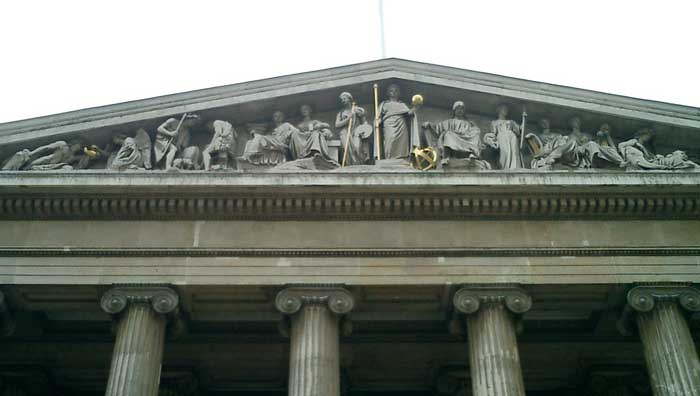 |
United Kingdom
British Museum The Origianl Montagu House of the British Museum was rapidly outgrown. In 1823, the gift to the nation by George IV of his father's library (the King's Library) provided the catalyst for the construction of today's quadrangular building designed by Sir Robert Smirke (1780-1867). The first phase was largely completed in 1852, to be followed by the round Reading Room, designed by Robert's brother Sydney (1798-1877) erected in the central courtyard in 1854-7. |
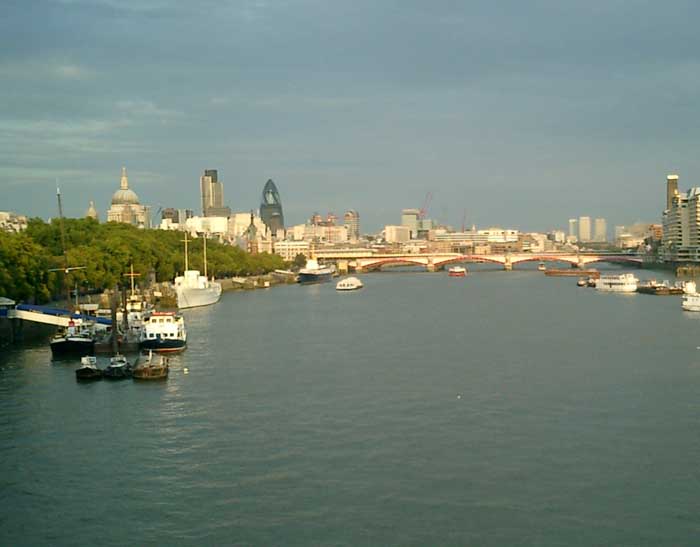 |
United Kingdom
Thames River A view of the Thames River. |
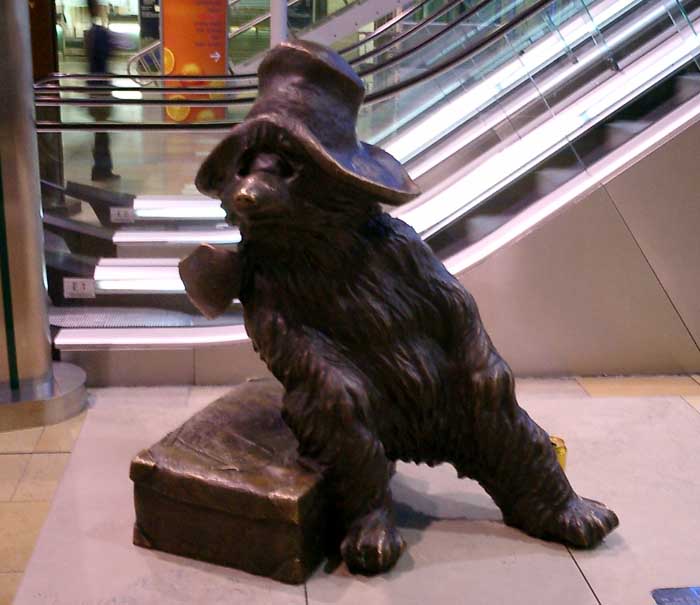 |
United Kingdom
Paddington Station This statue commemorates Paddington Bear , a series of children's books located at Paddington Station. Michael Bond sent the book "A Bear Called Paddington" to his agent, Harvey Unna, who liked it. After sending it to several publishers it was accepted by William Collins & Sons (now Harper Collins). The publishers commissioned an illustrator, Peggy Fortnum, and the first Paddington book "A Bear Called Paddington" was published on 13th October 1958. |
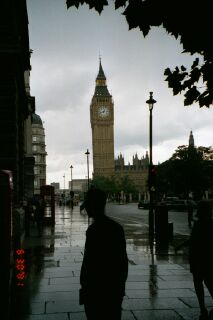 |
United Kingdom
Big Ben Ben Ben - Big Ben is iconographic of London's and is one of its best-known landmarks. It sparkles at night, when the clock face is illuminated. When parliament is in session, a light shines above the clock face. The name Big Ben refers not to the clock-tower itself, but to the thirteen ton bell hung inside. The bell was named after the first commissioner of works, Sir Benjamin Hall. The bell originated from the old Westminster Palace. It was given to the Dean of St. Paul's by William III. It was refashioned in Whitechapel in 1858. On December 31, 1923, the BBC first broadcast the chimes through a microphone in the turret. |
 |
United Kingdom
Big Ben Big Ben - Each of the four dials of the clock are 23 feet square, the minute hand is 14 feet long and the figures are 2 feet high. Big Ben is an excellent, enduring timekeeper. There are prison cells within the clock tower where Members of Parliament can be jailed for a breach of parliamentary privilege. The last recorded case was in 1880. |
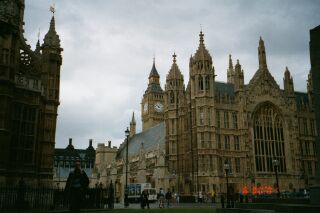 |
United Kingdom
Big Ben Big Ben - In 1941, during the second world war, a bomb destroyed the Commons chamber of the Houses of Parliament. But Big Ben remained unscathed and continued to keep time. Its unique chime was broadcast around the world, reassuring hope to all who heard it. |
 |
United Kingdom
United Kingdom Parliament The UK Parliament is one of the oldest representative assemblies in the world. It began in the mid-13th Century. Today, the UK Parliament is comprised of members from England, Northern Ireland, Scotland and Wales. The Parliament is composed of two chambers: the House of Lords (the upper house) and the House of Commons (the lower house). They are separated physically and ideologically. The relationship between the two Houses is governed by convention and the Parliamentary Acts. The legislative process uses both Houses of Parliament and the Monarch. The Parliament creates all UK law; sets the rates of taxation; safeguards the rights of individuals; oversees government policy and administration; reviews proposals before they become law; hear appeals in the House of Lords, the highest Court of Appeals; and debates the issues of the day. |
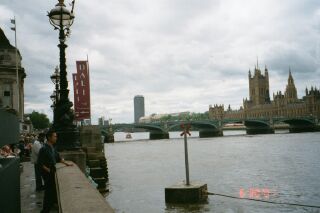 |
United Kingdom
Thames River A Picture of the Thames |
 |
United Kingdom
St. Paul's cathedral St. Paul's Cathedral - Located just off Cannon Street in London, it was built after the great fire of 1666. The great fire of London in 1666 left the medieval cathedral of St. Paul's in ruins. Wren was commissioned to rebuild it, but his design for a church on a Greek Cross plan (where all four arms are equal) met with resistance. The authorities insisted on a conventional Latin Cross, with a long nave and short transcepts. Despite the compromises, Wren created a Baroque cathedral which was built between 1675 and 1710 and has since formed the lavish setting for many state ceremonies. Sir Christopher Wren (1632-1723) was trained as a scientist. He began his architectural career at the age of 31. He became a leading figure in the rebuilding of London after the great Fire of 1666, building a total of 52 new churches. Although Wren never visited Italy, his work was influenced by Roman, Baroque and Renaissance architecture. |
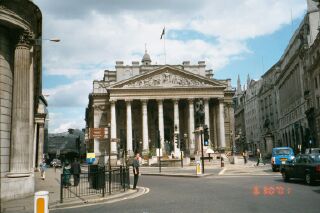 |
United Kingdom
Bank of England This is a picture of the Bank of England - The Bank of England is the central bank of the United Kingdom, sometimes known as "The Old Lady of Threadneedle Street" or "The Old Lady". |
 |
United Kingdom
Bank of England Bank of England - In 1694, The bank of England was founded by the Scotsman William Paterson to act as the English government's bank. He proposed a loan of ś1.2 million to the government. The Bank of England was granted the ability to with issue of money. The Royal Charter was granted on July 27, 1694; and was renewed in 1742, 1764, and 1781. The first governor was Sir John Houblon. The Bank was originally constructed above the ancient Temple of Mithras, London at Walbrook, dating to the founding of Londinium in antiquity by Roman garrisons. Mithras was, among other things, considered the god of contracts, a fitting association for the Bank. In 1734, the Bank moved to its current location on Threadneedle Street. The emergence of the National Debt came about in the 18th century which was also managed by the bank. It kept enough gold to pay its notes until February 26, 1797. The 1844, the Bank Charter Act tied the issue of notes to the gold reserves and gave the bank sole rights with regard to the issue of banknotes. Private banks which had previously had that right retained it, provided that their headquarters were outside London and that they deposited security against the notes that they issued. A few English banks continued to issue their own notes until the last of them was taken over in the 1930s. The Scottish and Northern Irish private banks still have that right. Britain remained on the gold standard until 1931 when the gold and foreign exchange reserves were transferred to the Treasury. But their management was still handled by the Bank. In 1870 the bank was given responsibility for interest rate policy. |
 |
United Kingdom
Lloyd's of London This is a picture of Lloyd's of London |
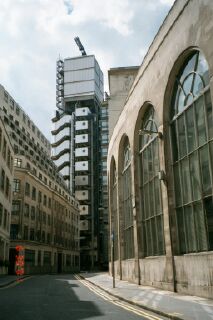 |
United Kingdom
Lloyd's of London In the 17th Century London's importance as a trade centre led to an increasing demand for ship and cargo insurance. Edward Lloyd opened a coffee house in 1688, encouraging a clientele of ships' captains, merchants and ship owners - earning him a reputation for trustworthy shipping news. This ensured that Lloyd's coffee house became recognised as the place for obtaining marine insurance. The companied carried on long after Lloyd's death in 1713. In 1774, when the participating members of the insurance arrangement formed a committee and moved to the Royal Exchange as The Society of Lloyd's. In 1871, the first Lloyd's Act was passed in Parliament which gave the business a sound legal footing. The Lloyd's Act of 1911 set out the Society's objectives, which include the promotion of its members' interests and the collection and dissemination of information. By this time Lloyd's of London had become one of the pre-eminent insurers in the world. |
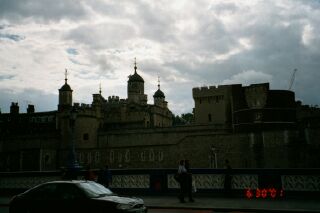 |
United Kingdom
Tower of London Tower of London - The Tower of London was built shortly after William the conqueror became king in 1066. It was built to guard the entrance to London from the Thames Estuary. In 1097 the white Tower, standing today at the center of the complex, was completed in stone. The Tower has served as a royal residence, armory, treasury and prison for enemies of the crown. Many were tortured and met their death there. For example, the princes in the tower, the sons and heirs of Edward IV. |
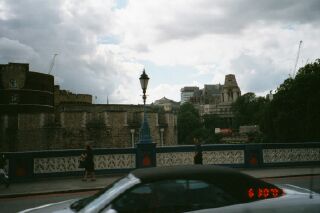 |
United Kingdom
Tower of London Tower of London - Today the tower is a popular attraction, housing the Crown Jewels and other exhibits. Its most celebrated residents are eight ravens whose presence is protected by the leend that the kingdom will fall if they desert the tower. The tower Green was the favored execution site for prisoners. The Beauchamp Tower held many high ranking prisoners. The Jewel House holds the Crown Jewels. Among them is the Scepter and Cross (1660) which holds the world's biggest diamond. When the white tower was finished in 1097, it was the tallest building in London at 90 feet (27m) high. |
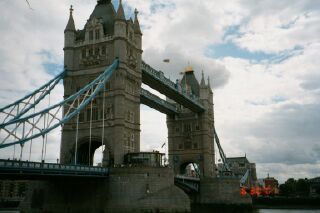 |
United Kingdom
Tower Bridge The Tower Bridge was completed in 1894, after 8 years of construction. Originally, London Bridge was the only crossing over the Thames. As London grew, more bridges were added, all to the west of London Bridge. Then in the 19th century, the east end of London became so congested that a bridge to the east of London Bridge was clearly needed. In 1876, the Corporation of London, who were responsible for that part of the Thames, decided to build a new bridge. The big problem for the Corporation of London was how to build a bridge downstream from London Bridge without disrupting river traffic activities. 50 designs were put forward for consideration. In October 1884 Horace Jones, the City Architect, in collaboration with John Wolfe Barry, offered the solution for Tower Bridge. It took 8 years, 5 major contractors and the relentless labour of 432 construction workers to build Tower Bridge. Two massive piers had to be sunk into the river bed to support the construction, over 11,000 tons of steel provided the framework for the Towers and Walkways. This was then clad in Cornish granite and Portland stone, both to protect the underlying steelwork and to give the Bridge a more pleasing appearance. When it was built, Tower Bridge was the largest and most sophisticated bascule bridge ever built ("bascule" comes from the French for "see-saw"). It was a hydraulically operated bridge, using steam to power the enormous pumping engines. The energy created was then stored in six massive accumulators so that, as soon as power was required to lift the Bridge, it was readily available. The accumulators fed the driving engines, which drove the bascules up and down. Despite the complexity of the system, the bascules only took about a minute to raise to their maximum 86 degrees. Today the bascules are still operated by hydraulic power, but since 1976 they have been driven by oil and electricity rather than steam. The original pumping engines, accumulators, current machinery control cabins, and boilers are on show. |
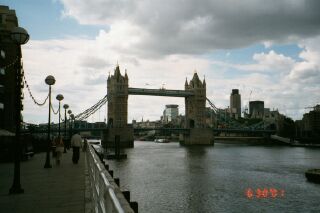 |
United Kingdom
Tower Bridge Interesting facts about the Tower Bridge 1910 The high-level walkways, which were designed so that the public could still cross the Bridge when it was raised, were closed down due to lack of use. 1912 In an emergency, Frank McClean flew between the bascules in a biplane, to avoid an accident. 1952 A London bus leapt from one bascule to the other when the Bridge began to rise with the bus still on it. 1977 Tower Bridge was painted red, white and blue to celebrate the Queen's Silver Jubilee. (Before that, it was brown). 1982 Tower Bridge opened to the public for the first time since 1910, with a permanent exhibition inside called the Tower Bridge Exhibition. The Walkways were glazed for the first time to house the new Exhibition. 1993 The centenary exhibition - The Tower Bridge Experience opened, featuring animatronic models telling the story of Tower Bridge. 2002 The current Tower Bridge Exhibtion opened, refocusing on the magnificent views from the Walkways and the history of the Bridge. |
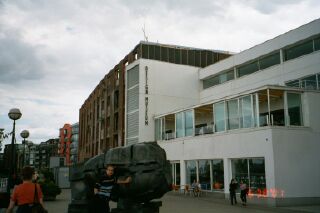 |
United Kingdom
Design Museum Design Musem - This museum was the first in the world to be devoted solely to the design of mass-produced objects. The permanent collection charts technical innovation, changes in taste and commercial success or failure through an eclectic range of furniture, office equipment, cars, radios, TV sets and household utensils. Elite design classics are displayed alongside Pyrex dishes and Tupperware cups. Displays show prototypes that disappeared without a trace, such as a television designed so that people could watch it lying down. Temporary exhibitions of international design held in the Review and collections galleries give a taste of what may come in the future. |
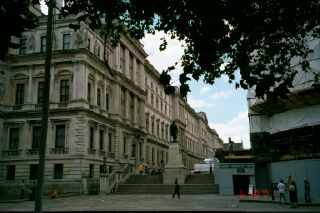 |
United Kingdom
Cabinet War Rooms-x Cabinet War Rooms- The innocuous little door is the entrance to the Cabinet War Rooms, located just off King Charles Street in London. |
 |
United Kingdom
Cabinet War Rooms-x Cabinet War Rooms- This maze of underground rooms below a government building is where the War Cabinet met during World War II. The War Cabinet was first led by Neville Chamberlain, and then by Winston Churchill. Bombs were falling all over London, and the rooms included the living quarters for minister sand military leaders and a soundproofed Cabinet room where strategic decisions were made. All the rooms are protected by a concrete layer about 3 feet (1 m) thick. |
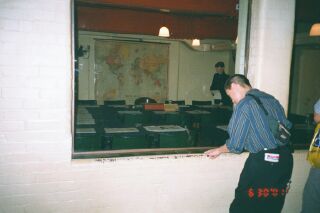 |
United Kingdom
Cabinet War Rooms Cabinet War Rooms - The rooms are as they were when world War II ended, complete with Churchill's desk. There is a intercontinent communications room and maps with markers for plotting battles and military strategies. Telephones, communication equipment and other periphernalia of the period can be seen first hand. |
 |
United Kingdom
Avebury Avebury - Avebury was built around 2500BC. It surrounds the village of Avebury and was probably once some form of religious center. Superstitious villagers smashed many of the stones in the 18th century. They believed the circle was a place of pagan sacrifice. The Alexander Keiller Museum depicts the original form of the circle. |
 |
United Kingdom
Avebury Avebury - Avebury is a UNESCO world heritage site. |
 |
United Kingdom
Avebury Avebury - Avebury is maintained by the national trust. You can visit their website here. |
 |
United Kingdom
Avebury A church near Avebury |
 |
United Kingdom
Avebury A thatched residence near Avebury |
 |
United Kingdom
Locks An intricate system of locks for ships. |
 |
United Kingdom
Locks A ship traveling down one of the locks |
 |
United Kingdom
Locks A door view of one of the locks. |
 |
United Kingdom
Castle An old Castle in the English countryside. |
 |
United Kingdom
Castle An old Castle in the English countryside. |
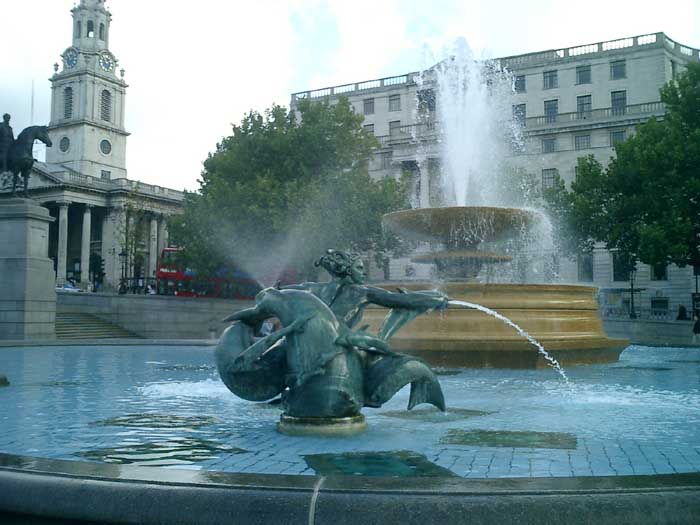 |
United Kingdom
|
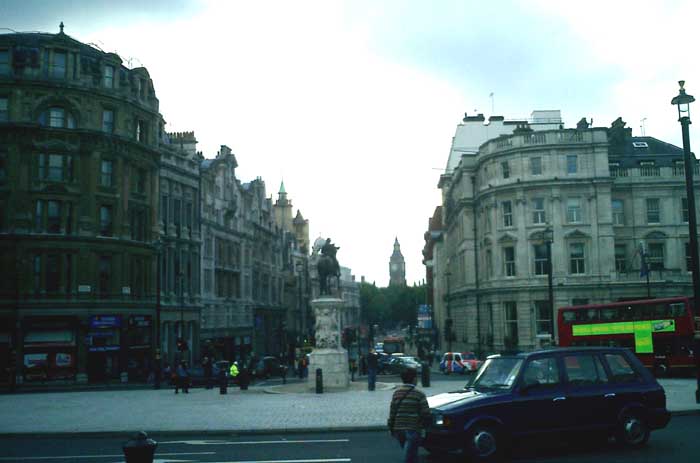 |
United Kingdom
|
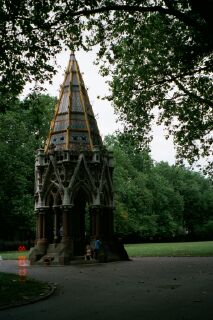 |
United Kingdom
|
 |
United Kingdom |
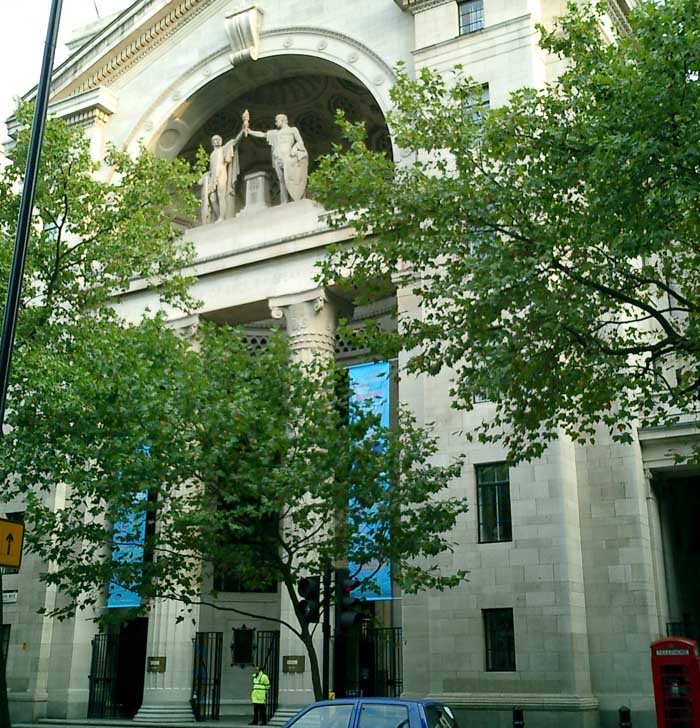 |
United Kingdom |
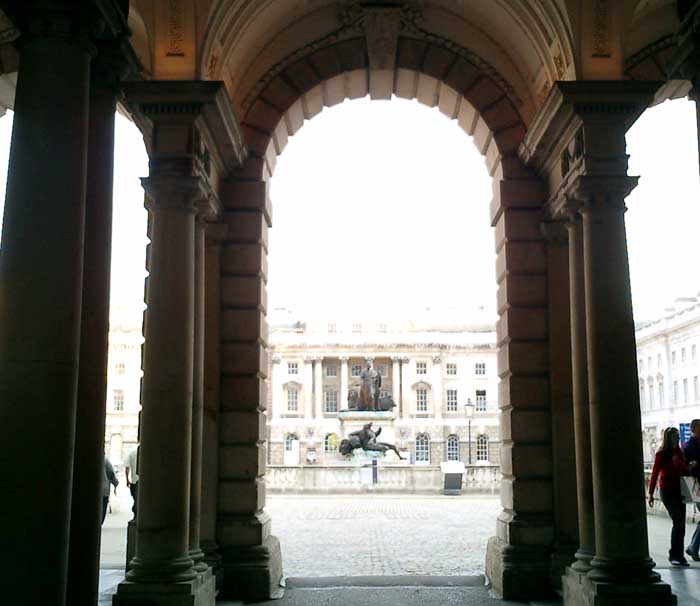 |
United Kingdom |
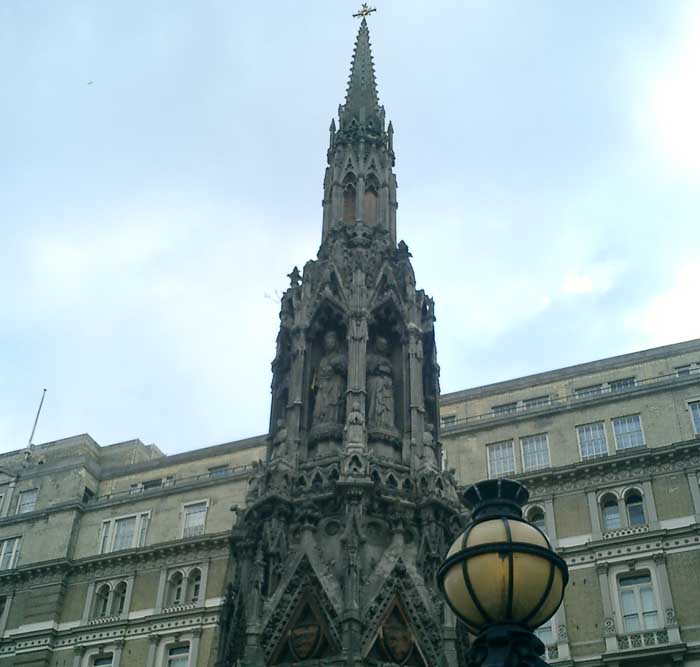 |
United Kingdom |
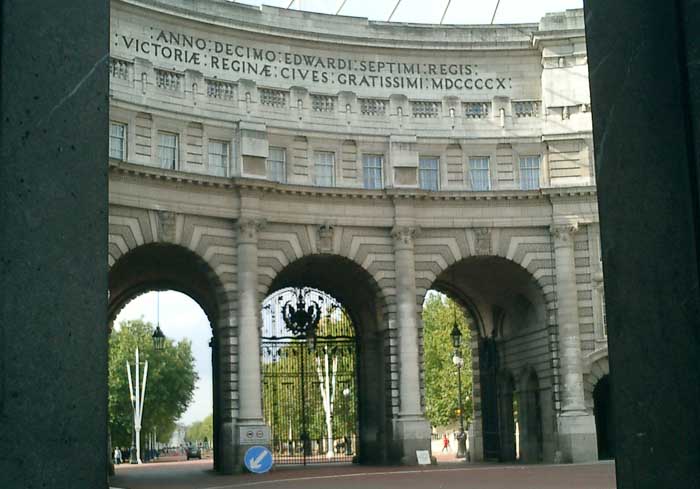 |
United Kingdom |
| Bath - United Kingdom Diaorma of the Roman Baths in the city of Bath Two thousand years ago, when the Romans commanded europe, they settled here. The Romans recognised, and appreciated the unique qualities of Bath. Set in a sheltered valley, surrounded by seven wooded hills and nourished by Britain's only natural hot springs, it is a natural haven. Those thermal waters attracted the Celts and Romans and continue to draw visitors to this oasis. | |
| Bath - United Kingdom A Diaorama of the Roman Baths | |
| Bath - United Kingdom Bath is located in what is Sommerset England. A Diaorama of the Roman Baths. | |
| Bath - United Kingdom A drawing/map of the Baths | |
| Bath - United Kingdom The entire city of Bath has been designated a World Heritage Site by the United Nations, UNESCO. | |
| Bath - United Kingdom A picture of the hot spring in the Roman Baths. An exquisite Georgian city grew from Bath's ancient roots. The Royal Crescent, The Circus, Pump Room and Pulteney Bridge are some of the finest architectural treasures in the world. | |
| Bath - United Kingdom A picture of the hot spring located at the heart of the Roman Baths. | |
| Bath - United Kingdom Another view of the hot spring. | |
| Bath - United Kingdom Bath is about 100 miles (60 km) west of London. Bath is a historic, landmark, and unforgettable place to visit. | |
| Bath - United Kingdom Some rune stones located in the Roman Bath house. | |
| Bath - United Kingdom Some rune stones located in the Roman Bath house. | |
| Bath - United Kingdom Water ducts | |
| Bath - United Kingdom Part of the underflooring exposed, the columns let the water flow underneath the floor. Originally, there would have been a floor over this section and would have been heated by the hot spring. | |
| Bath - United Kingdom Water flowing at the Roman Baths in Bath England. | |
| Bath - United Kingdom This is a picture of the wonderful falls in the modern part of the city of Bath. There is a nice countryside surrounding bath making it one of England's most beautiful places to visit. | |
| Bath - United Kingdom The modern city of Bath This city is packed with places to visit. Bath's diversity of museums, galleries, gardens and attractions including the Roman Baths and 15th-century Bath Abbey are all within walking distance of each other. |